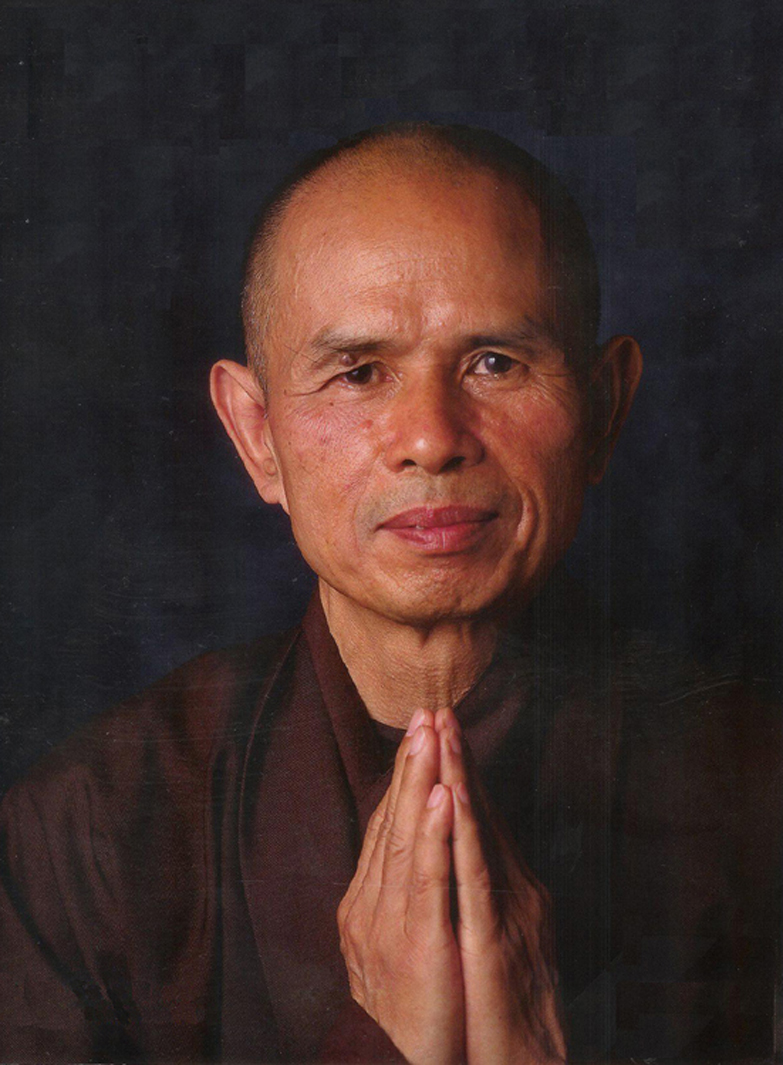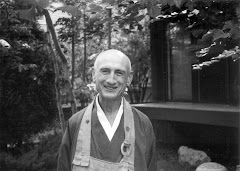Thich Nhat Hanh
“The miracle is not to walk on water. The miracle is to walk on the green earth in the present moment, to appreciate the peace and beauty that are available now” (Touching Peace)
“If in our daily life we can smile, if we can be peaceful and happy, not only we, but everyone will profit from it. If we really know how to live, what better way to start the day than with a smile? Our smile affirms our awareness and determination to live in peace and joy. The source of a true smile is an awakened mind.” (Peace in Every Step: The Path of Mindfulness in Everyday Life)
Thich Nhat Hanh is a Vietnamese Zen Buddhist monk. According to the Plum Village website he was born on October 11, 1926. He is often called Brother Thay, “thay” meaning teacher. He is an author and poet writing many books like The Miracle of Mindfulness, Peace Begins Here, True Love: A Practice for Awakening the Heart, and many more. During the Vietnam War he founded the School of Youth for Social Services in Saigon. The SYSS helped resettle homeless families, rebuild villages as well as set up schools and medical centers throughout the country. He openly and actively opposed the Vietnam War and travelled to the U.S. many times in order to urge the U.S. government to withdraw. In 1967 Martin Luther King, Jr. nominated Thich Nhat Hanh for the Nobel Peace Prize for his actions in the war (Hartford Web Publishing website). He was the Buddhist Peace Delegation at the Paris Peace talks and was also exiled from his native Vietnam and currently resides in France. He currently travels around the world preaching peace and mindfulness. He sponsors retreats for Israelis and Palestinians trying to get them to listen and understand each other through his practice of mindfulness. He is famous for his teaching or the art of mindfulness, a practice that lets you find peace in the moment. He is one of the chiefly credited individuals for spreading Buddhism and bringing it to the west.
Thich Nhat Hanh is one of the most revolutionary and famous Buddhist teachers of all times and should always be remembered for his ability to express Buddhist ideals in Western terms and expanding the teachings of Buddhism to a universal audience.
Philip Kapleau
“Although we all possess the seeds of great love and compassion, without the light of the enlightened one's wisdom and the waters of their compassion these seeds would never spout.”
Philip Kapleau was a Zen Buddhist teacher. He was born on August 20, 1 912 and died on May 6, 2004 (wikipedia.com). He was born in Connecticut and studied law becoming a court reporter. He was exposed to Zen Buddhism which reporting on the Tokyo War Crimes Trials. While in Japan he attended several lectures by D.T. Suzuki, a famous Japanese author of books and essays on Buddhism. He later would return to Japan to train to become a teacher of Buddhism. In 1965 he was given permission to teach and in 1966 moved to Rochester, New York and created the Rochester Zen Center, the first Zen training center founded by an American. His most famous book is The Three Pillars of Zen and was published in 1965. It was one of the first English books that promoted Buddhism as a way of life. He is well-known for his views on peace, compassion, and vegetarianism. His books are still widely read and have had a great influence on Zen Buddhism in the West.
Philip Kapleau is one of the earliest American Buddhist and showed that not only those of Asian, or even Buddhist decent can find the teachings of Buddhism enlightening. His first American made Zen training center showed that Buddhism is a universal religion and can be accepted by all people, regardless of origin.
Subscribe to:
Post Comments (Atom)








No comments:
Post a Comment